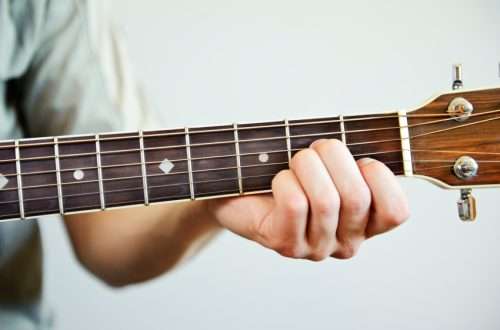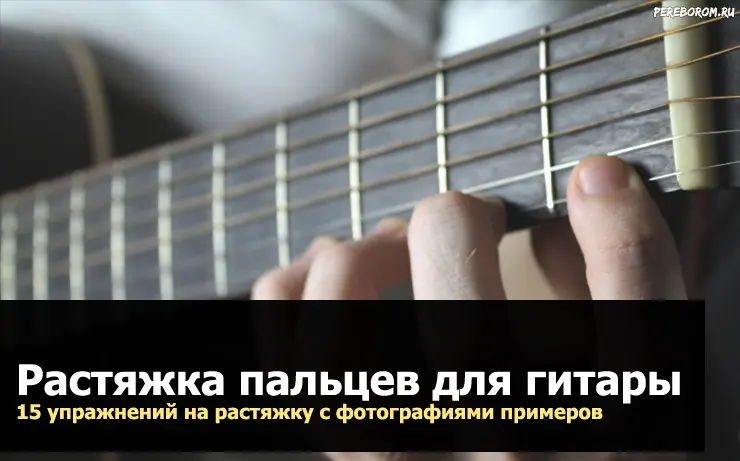
Finger stretch for guitar. 15 stretching exercises with photo examples
Contents
- Finger stretch for guitar. general information
- What is finger stretching for?
- Finger stretching exercises without a guitar
- Using the edge of the table
- For every knuckle
- Stretching with the second hand
- With a guitar neck
- For the whole brush
- Finger extension
- palm stretch
- Stretching in front of you
- Stretch behind the back
- Over the shoulder
- On a flat surface
- Stretching “claw”
- With the help of an expander
- Finger lift
- thumb exercise
- Release tension from hands
- Guitar Practice
- Conclusion

Finger stretch for guitar. general information
One of the most essential skills for a guitarist is undoubtedly finger stretching. It develops over time, and allows you to reach the farther frets of the guitar, and also increases endurance and flexibility, which is useful when, for example, taking a barre. In this article, we will talk in detail about how to develop finger stretch on the guitar, as well as show a number of simple exercises for it.
What is finger stretching for?

Finger stretching exercises without a guitar
This section provides finger stretching exercises that do not require the use of a guitar. You will only need a flat, flat surface, such as a table, or you will not need any materials at hand. These exercises can be used as a warm-up for left hand guitar, before doing other exercises or just playing music.
Using the edge of the table
Place your index or middle finger on the corner of the table and nightstand, and begin to push it down. You should feel a tingling sensation in the joint area. Do it slowly. Hold it for a while, then release.
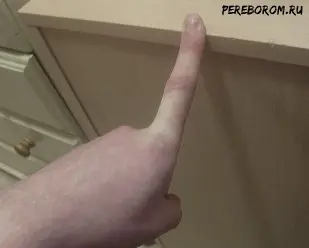
For every knuckle
This exercise is similar to the previous one. You need to rest your finger on the wall so that only the first knuckle is on it. Hold it for a while, then repeat the same with each finger.
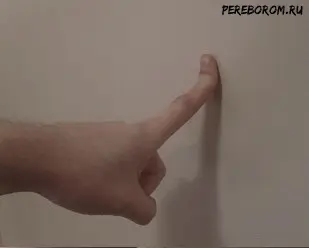
Stretching with the second hand
In this exercise, bring all your fingers together, and with the palm of your other hand, begin to bend them back. You will feel a tingling sensation in your joints. Hold this position for a while, then straighten your fingers and let them rest. Repeat this ten times with each hand.

With a guitar neck
Bring your fingers together in a V shape, pressing them together. After that, clamp the neck of the guitar between them, and gradually try to deepen the position of the neck towards your palm. Repeat this several times for each pair of fingers.
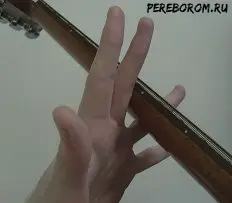
For the whole brush
Bring your hands together in a “prayer” gesture and place them in front of your chest. Now start moving them towards the floor, being careful not to separate your palms. You will definitely feel tension in your joints. When this happens, hold them like that for ten seconds and then let your hands rest.
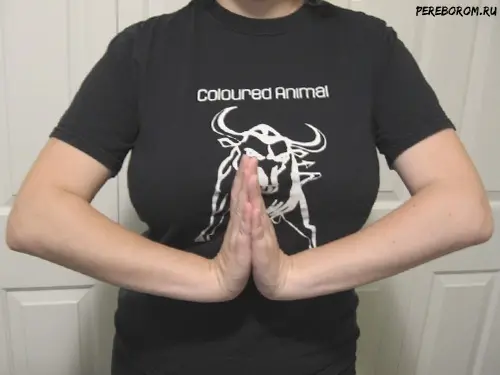
In the same position, try to turn your hands over so that your fingers look at the floor and so that your palms do not separate. Similarly, hold the positions for about ten seconds.

Finger extension
Gather all the fingers together and, clasping them with your second hand, pull down, bending the brush as shown in the photo.
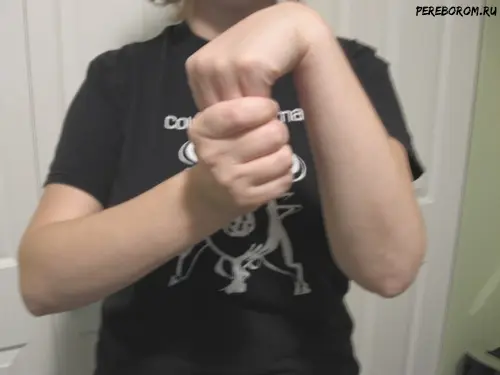
palm stretch
With the palm of one hand, begin to pull back the thumb of the other hand until you feel a slight tension in the muscles.
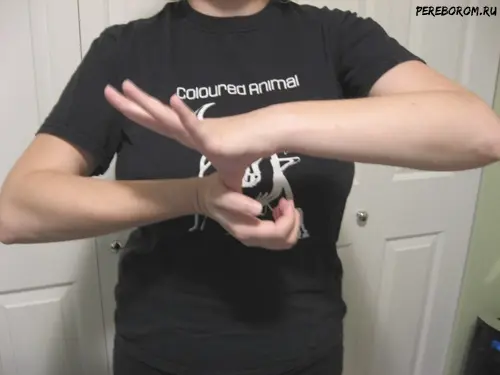
Similarly, you can stretch the rest of your fingers.
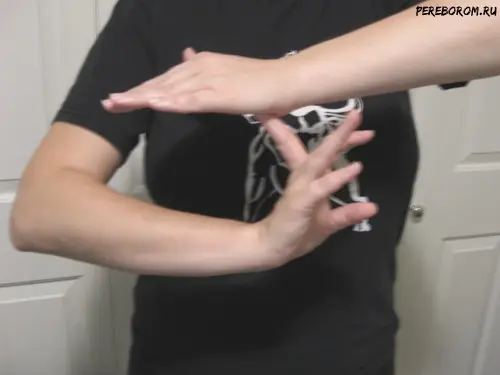
Stretching in front of you
Gather your fingers together and stretch them out in front of you, palms facing forward. In this case, it is very important not to spread your elbows to the sides and keep your arms extended straight.
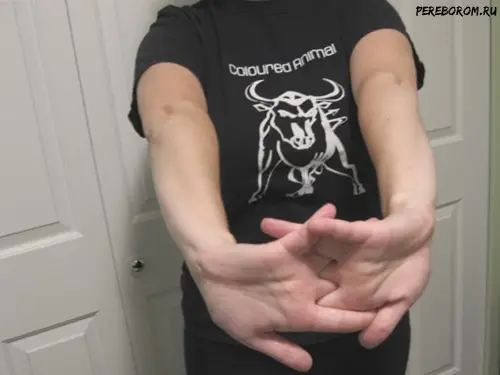
Stretch behind the back
In the same way, you can stretch your arms behind your back, while the palms should be located towards the back, and not away from it.
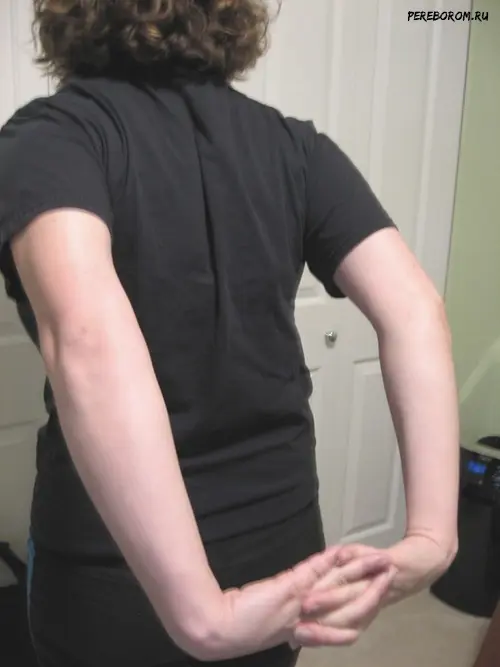
Over the shoulder
Raise your arms up, and throw one behind your back, bending your elbow. Grab it with your other hand, pressing it against your ear and try to touch your back without moving your bent arm.
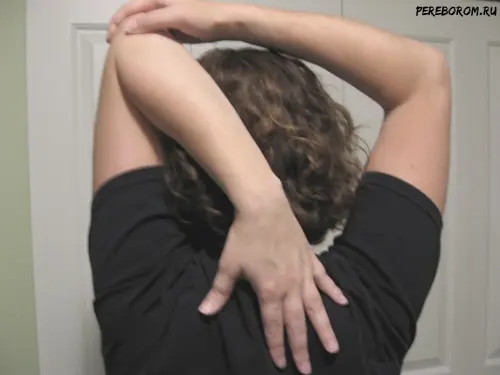
On a flat surface
Place your hand on a flat surface. Try to flatten it over it so that your fingers begin to diverge from each other as much as you can. Hold this position for 30-60 seconds.

Stretching “claw”
Place your hand with the palm facing you. Bring your fingers together so that the first knuckles lie in the palm of your hand, and the tips of the fingers touch their base. Your hand should look like a “claw”. Hold this position for 30-60 seconds.
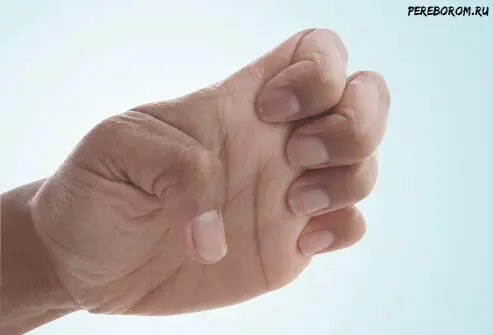
With the help of an expander
You can use a rubber expander. Just squeeze it as hard as you can, hold for a while, and then release.
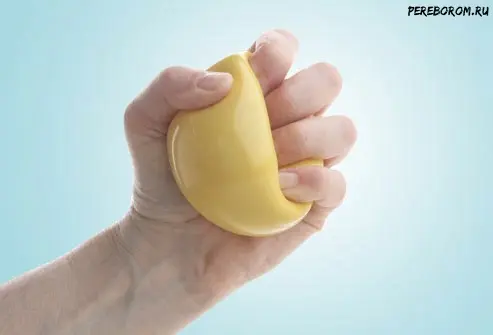
Finger lift
Place your hand on a flat surface and try to lift each finger as high as you can without lifting your palm from the support.
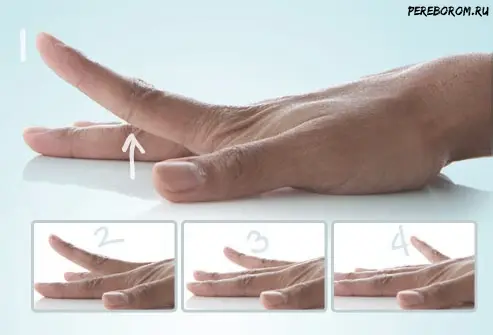
thumb exercise
Put an elastic band on your hand so that it seems to pull the brush together with your thumb. After that, try to move it left and right to stretch it.
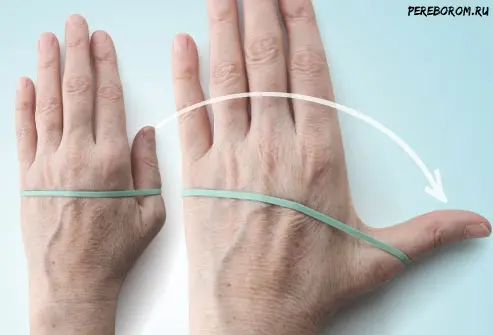
Release tension from hands
To release the tension accumulated in your hands, shake them.
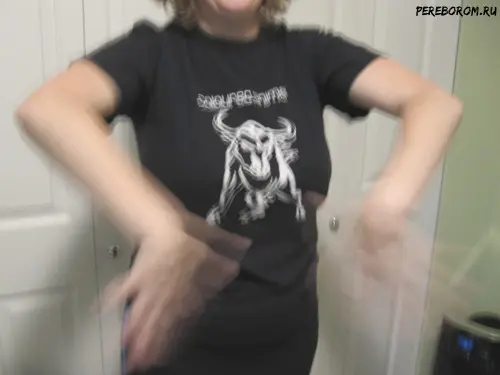
Guitar Practice

In this section, we will offer you guitar finger stretching exercises. in the form of special scales. Tablature is also attached to each of them. Typically, in these exercises you will need to play a set of notes in succession, located on different frets. They may not be too melodic, but they are useful from a physical point of view. Here it is very important to remember about the fingering, and to pinch the frets with all fingers, and not just one.
Exercise 1
This guitar practice will require you to successively press the 12th, 15th and 16th frets on each string in the first half. Fingering: 12 – index, 15 – nameless, 16 – little finger.
In the second half, you will need to return to the sixth string at the 15th, 14th, and 11th frets.
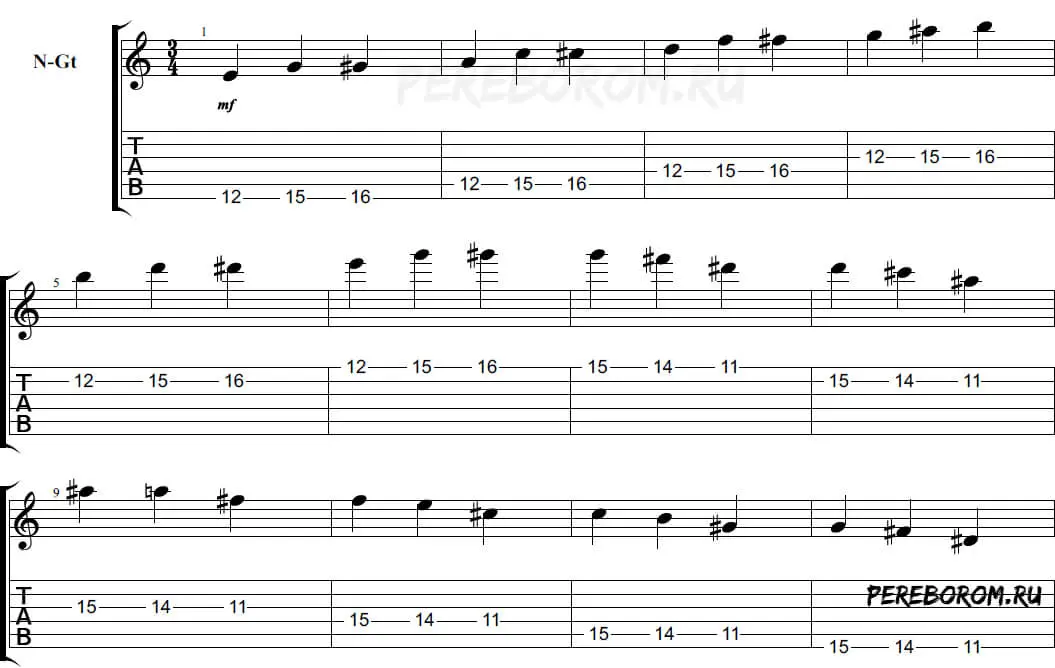
Exercise 2
Only the first string is involved here. Here you will need to play notes from the 12th and 15th frets to 1, occasionally returning to those already played.
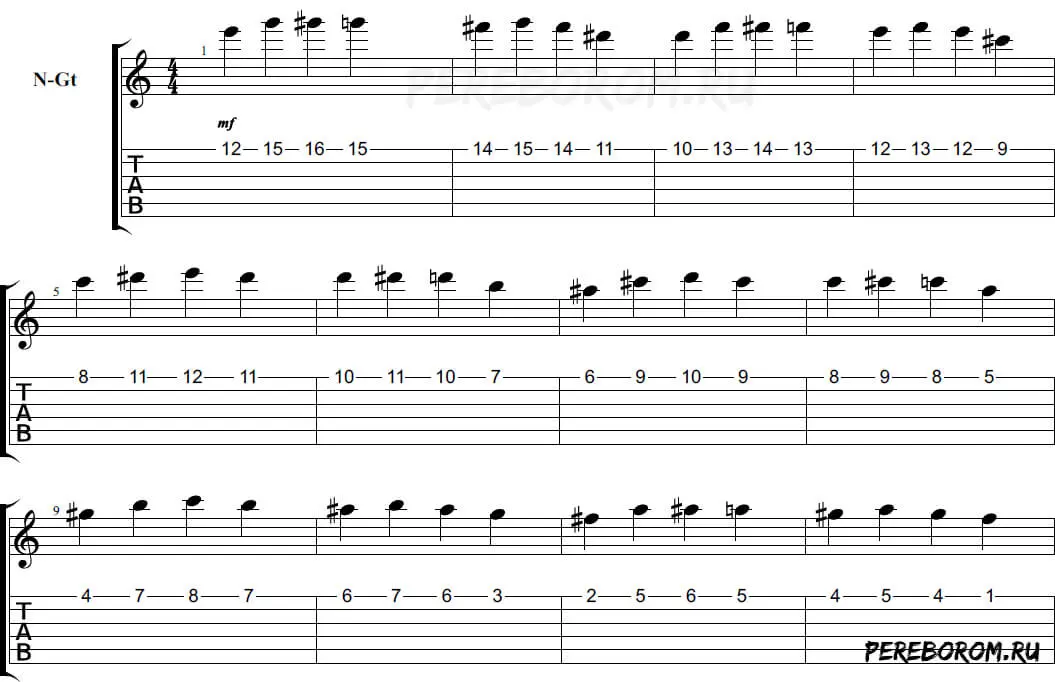
Exercise 3
The same as the second exercise, but different notes.
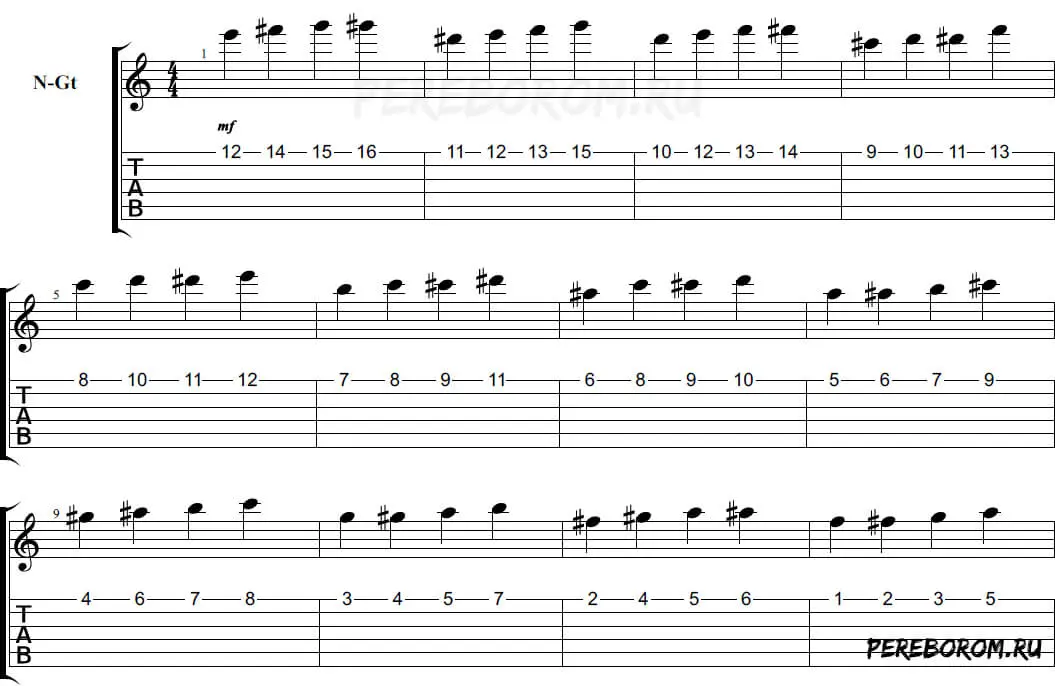
Exercise 4
It is very similar to the first one. The fingering doesn’t change, only the notes change.

Exercise 5
Very similar to the second and third exercise.

Exercise 6
Complicated version of the first and fourth. Now there are four notes in each bar.
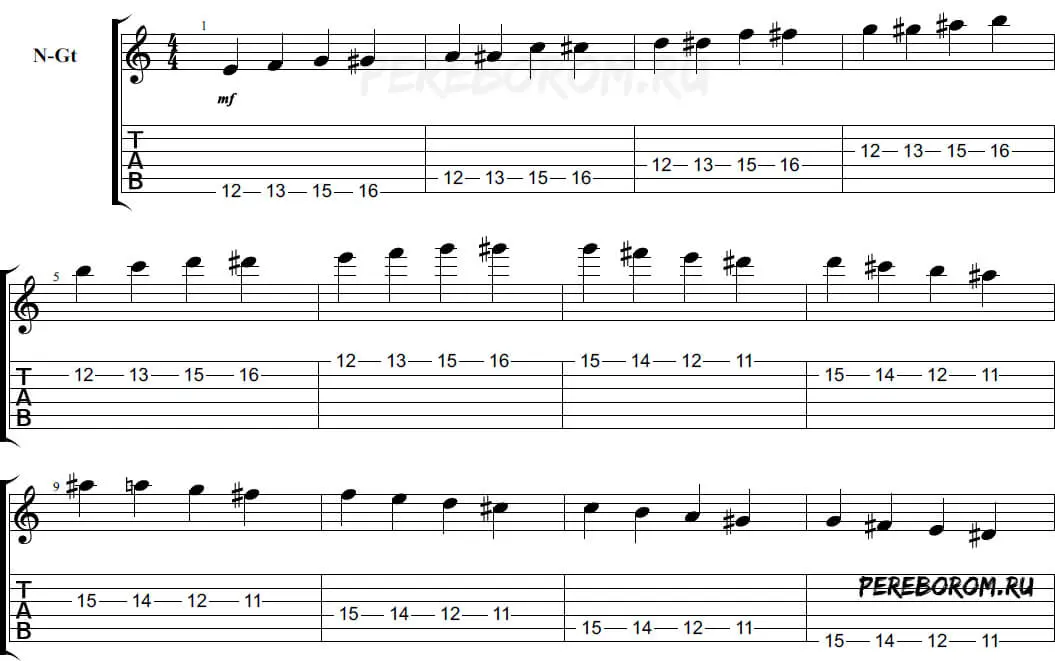
Exercise 7
The same as the sixth, but different frets.
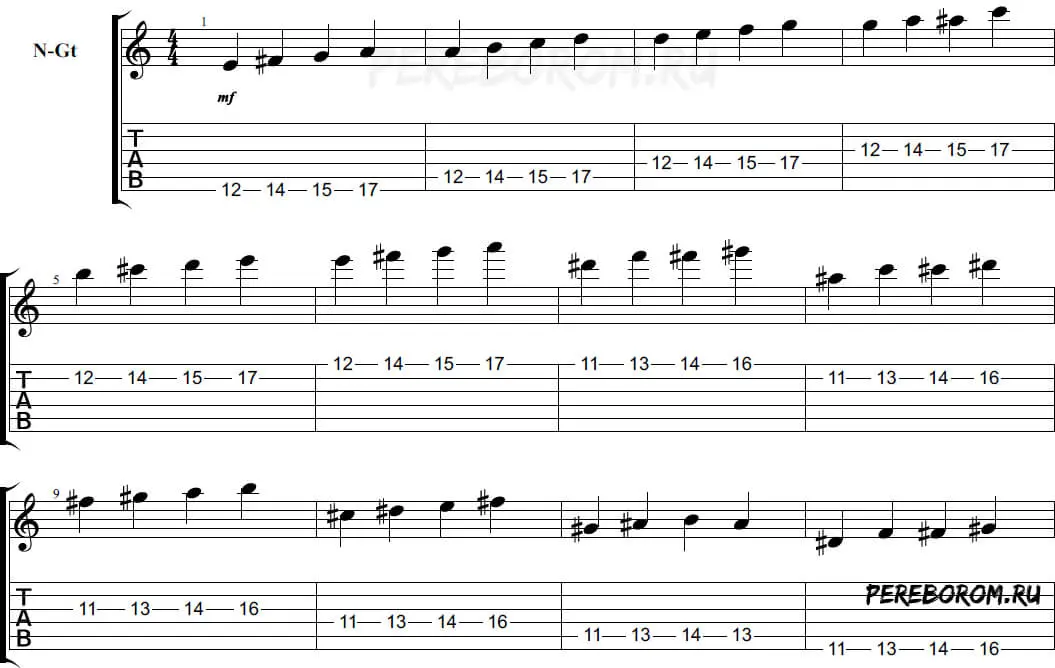
Exercise 8
Here you will need to reach the 21st fret, which may not be as easy as it seems at first glance. At its core, the exercise is a complicated version of those that you performed before, where you need to move along one string.
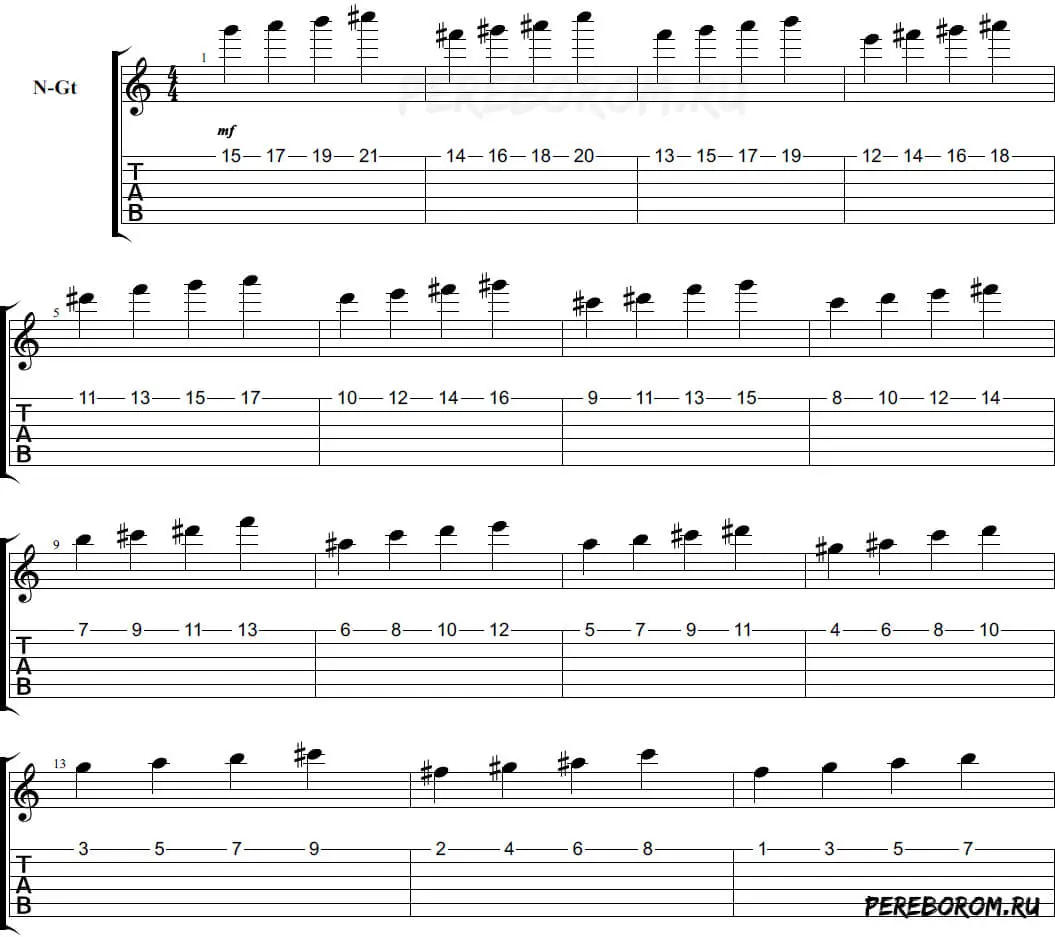
Conclusion
Finger stretch – something that needs to be worked on very hard. It will allow you not only to reach the previously inaccessible frets, but also allow you to perform tricks legally, as well as expand your ability to compose solos or interesting chord patterns. We recommend doing the exercises presented regularly. It won’t take long, but it will pay off very quickly.



